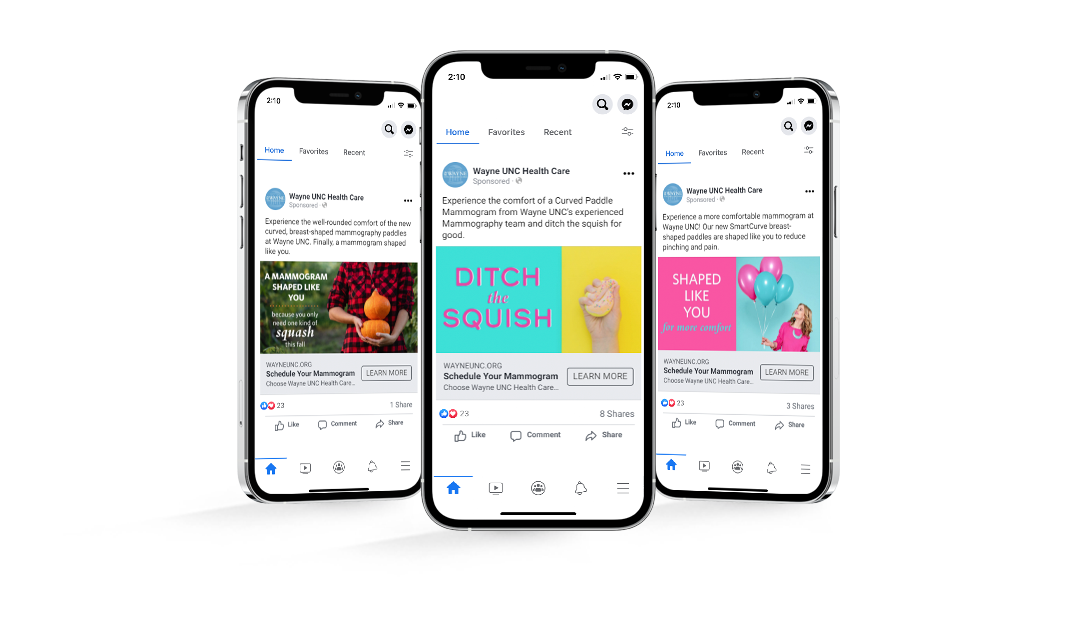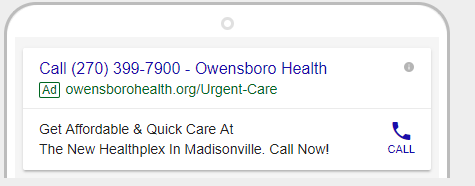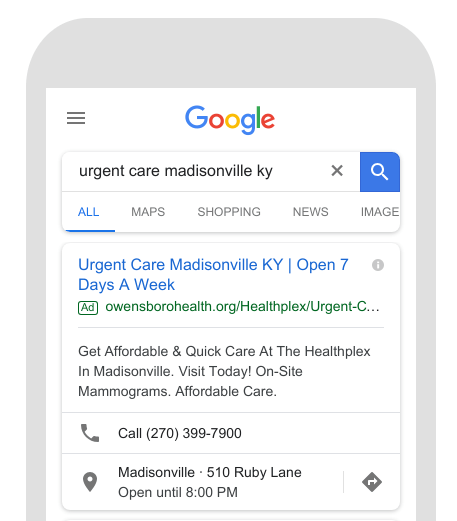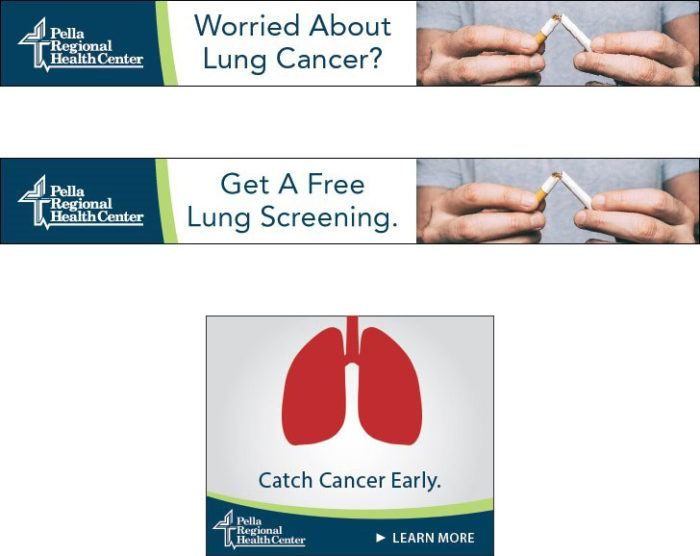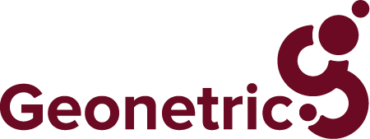You can do better with content migration
What you think might be nothing more than a copy-and-paste process gets mighty complicated if you’re looking to actually improve your website’s future. Content migration is often the default option for bringing content into a redesign or new content management system (CMS), rather than starting from scratch.
It may be a pipe dream to get some A-plus content to complement a new user-friendly and responsive design, but content is the monster in the corner that you need to face every step of the way. Unfortunately, we often feel that content migration is usually the best we can get.
Usually. But it doesn’t have to be.
Here’s how you can create a strategy for content migration that leads to success both inside and outside your organization.
Audit everything
Content auditing is a lot like cleaning out your closet. Eventually, each one of us gets to a time in our lives when it’s time to go through our drawers and closets to see what we need to need to sell, donate, or keep forever and ever. Don’t throw away that jean jacket — you never know when they might make a comeback!
Reviewing each item or page, deciding what works, what doesn’t, and whether or not it’s valuable enough to keep is a fundamental part of a website redesign. Fortunately, in the world of digital content, even if the content needs some reshaping, you can hang onto it and do something great with it. Consider it like bedazzling that old jean jacket you found to give it new life.
Moz recently released an updated version of how to audit content, and it’s extremely helpful. While Moz’s recommendations get into the nitty-gritty, it’s also a great way to fully understand the nuts-and-bolts to make you a confident content auditor. Content Marketing Institute, too, has suggestions for completing a content audit in only a few hours.
There’s a chance you have a good set of content on your current site that’s in great shape already. There’s also a chance you have some pages that have aged past their prime and need to be archived.
How do you conduct an audit?
Start with a content inventory – a complete list of all the pages of your site. Then, visit each page and review for certain criteria. This is where you get to decide what makes quality content on your site? For example, you may want to review:
- ROT content – Is your content redundant, outdated or trivial? If it’s one of those—or worse, all three—it’s time to address it.
- Style, voice, and tone – Does it match your brand guidelines? Do you need to create a style guide?
- Value to the user – Is it answering your target user’s questions, or is it just information for the sake of information?
- Measurements – How is traffic performing on the page? Is there high engagement? High bounce rate? These may be red flags that it needs some TLC.
- Call to action – Is there a logical next step for your user to take after he/she reads the content?
- Keywords – Is it utilizing up-to-date keywords commonly searched by your audience?
Once you’ve answered your criteria for each page, decide if that page is worth keeping, editing, or archiving. You may have a nice, even mix of all three, or maybe your site only needs some refreshing. An audit is a perfect place to make these decisions.
Polish up what needs editing
After your audit, tackle what needs editing, especially what doesn’t meet the criteria you set for quality content.
Editing content or even completely re-writing content might require discussions with stakeholders or subject matter experts, depending on your organization. They also might need to go through a few layers of approval if you’re working in a large group.
Once you’ve established what needs to be edited, put your nose to the grindstone and get to work. Whether you’re writing directly in the CMS or using an outside tool (GatherContent, Microsoft Word, or Google docs, etc.) set a process for editing and placing if necessary.
If you do have a delegation process for editing and placement, consider adding columns for these on your new inventory or content matrix, so your team can visibly see who’s responsible for certain pages of content and where those pages are at in the redesign process.
Migrate only the stuff that’s worth keeping
Based on your audit, take a look at the content that’s been tagged “keep.” These are likely pages that can be migrated as-is from your current site. However, you’ll want to double-check your headings and subheads, paragraph lengths, etc. It might not hurt to do a quick review for grammar and style, even if it looked good at first glance.
Decide where the page belongs in your new site structure or information architecture (IA). In healthcare, for example, new service lines are often added to the IA, or combined if you’re building a more system-focused website approach. You should also address gaps in content (like, “Hey! We need to a page about our new aquatic rehab program!”) to make sure you’ve placed that content in a place that’s intuitive to your users. Of course, don’t forget about critical metadata like the page title and description.
If your old site isn’t using Schema.org, consider adding it to the new site. A lot of things may have changed between your old site and your new one, so it’s always good to employ best practices when you can.
Ignore the “archivable”
As for content you or your team decided could be archived, don’t even bother migrating it. However, if some of this old or outdated content could be repurposed later, keep a copy handy so you can return to it in the future. Maybe it’s the basis for a good blog post?
Anything that’s listed as “archive” is best left behind. If these are pages that someone else provided or wrote, however, it may not hurt to let them know what you’re doing with it, as to avoid any unseen concerns.
Don’t forget a few additional key steps…
As a content strategist who’s helped migrate and re-shape hundreds of healthcare content pages, here are some tips that will help you move forward:
- Establish redirects. For every page you migrate or refresh, make sure you’re adding a redirect from the old site to the new one (if the URL has changed drastically). If you’re doing your job right, you’re probably cleaning up your site structure so redirects are more than likely necessary.
- Set up tracking and measurements. Google Analytics is a great place to start tracking events and activities within your content. This is especially beneficial if you’re adding calls to action that weren’t there before. It will give you a great way to see what’s working and what’s not.
- Double-check your metadata. Whether you’re migrating as-is or writing new metadata for refreshed pages of content, make sure it’s in place. Page titles should be unique on every page, and page descriptions should be short, direct and encourage users to click in for more information. Google and other search engines care about this stuff and so should you.
- Pay attention to your hyperlinks. Maybe your “migrate as-is” content does a great job of crosslinking to other pages in your site. Good start! But if your new site is changing URLs or navigational structure, those links will break. Make sure to update all your crosslinks and double-check that external links are still relevant and correct before placing them into your HTML.
Go forth and prosper
If you didn’t already have a style guide, consider creating one based on the criteria you used in the audit. Voice, style, usage, brand colors and more can be essential resources later as you develop campaigns, content marketing, and additional website content.
And hang onto that audit or matrix! Spreadsheets might feel like a headache, but these tools can be helpful for you and your team to govern the content. And, with the average healthcare organization redesigning or re-platforming every three or four years, all of this work makes for an even easier redesign in the future.
Want more? Check out this post from LunaMetrics for more technical aspects to consider during a migration.



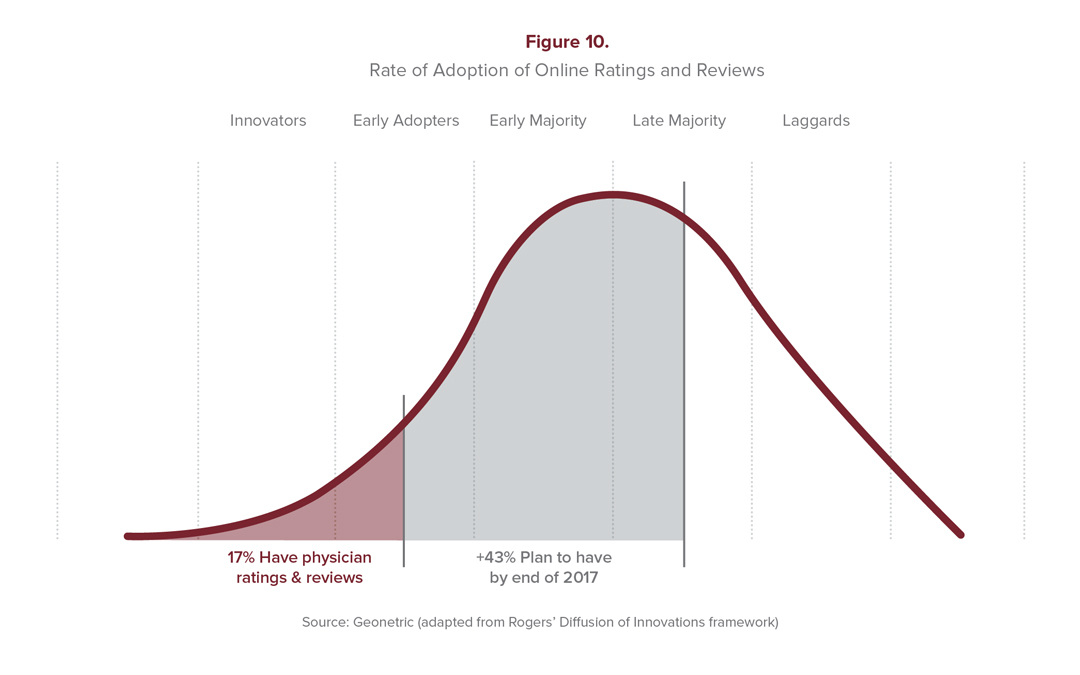






 Since this popular guide’s original publication in 2014, the healthcare landscape has evolved. Patients are increasingly more informed about and more connected to their healthcare options, with 84 percent viewing digital solutions as the most effective way to search for a doctor. The healthcare industry and provider setting are both also evolving, shifting the way healthcare marketers engage with consumers and market providers.
Since this popular guide’s original publication in 2014, the healthcare landscape has evolved. Patients are increasingly more informed about and more connected to their healthcare options, with 84 percent viewing digital solutions as the most effective way to search for a doctor. The healthcare industry and provider setting are both also evolving, shifting the way healthcare marketers engage with consumers and market providers.
